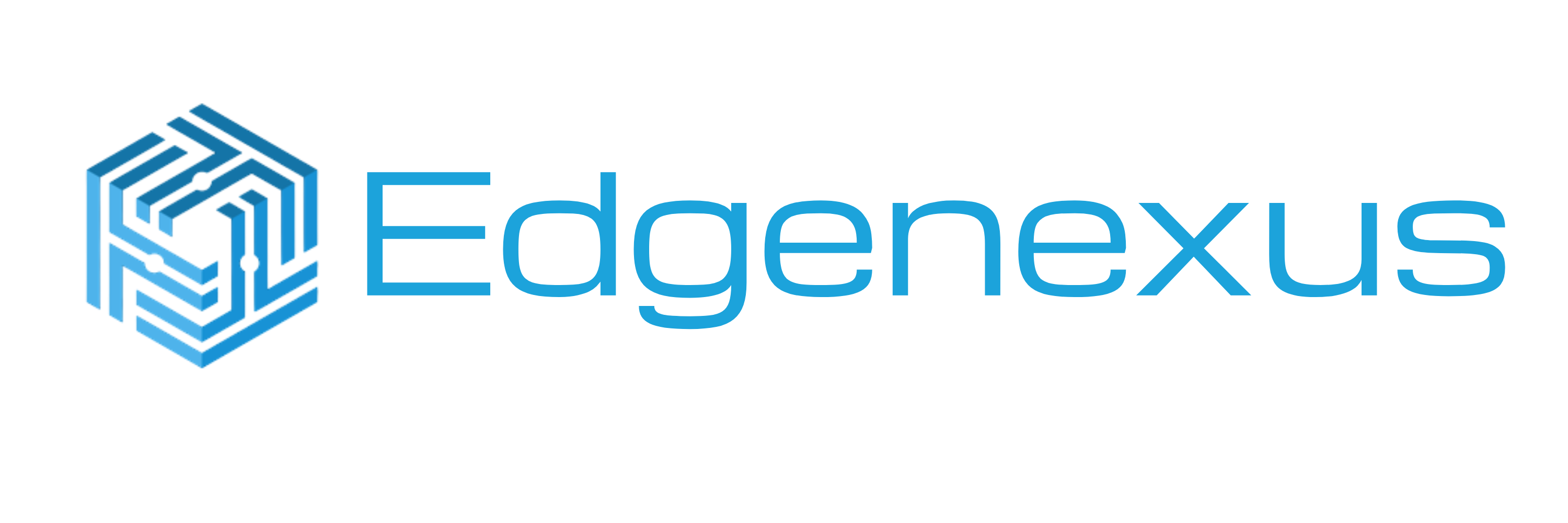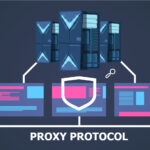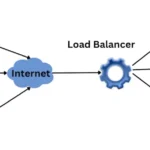“We have to cut costs!” This is a phrase uttered too often in meetings. It is perhaps the most common business challenge all enterprises face and will continue to be so, until increasing profitability is no longer a priority for businesses. Until that day, department heads must look at new and existing ways of becoming more economically lean.
In a world that is becoming progressively dependent on technology, IT departments are tasked with becoming increasingly agile and dynamic. Businesses need to respond to market forces quicker, whilst enabling better collaboration between their staff, partners and customers.

To deliver the flexibility the business requires, networks have become steadily complex, especially due to customisations required which enable fluid interoperability of technologies and seamless functionality for the user. To address the ever-increasing threats, more and more point solutions are deployed to secure these complex networks, which in turn have required more customisation which then leads to more complexity.
IT staff are facing increasing workloads per person, mainly because they must do all the above, whilst addressing the challenge of cost reduction. The one place they can show the biggest savings is with costs associated with the number of staff.
Many IT departments have explored consolidation as a way of reducing costs. This works well as they have less vendor technologies to learn and maintain. Enabling the business to take advantage of economies of scale with each vendor. One of the problems that arises from this approach is that any vendor that can offer this level of consolidation will be a big, established brand / technology that is very complex. In these cases, the money saved on the purchase will be spent on Professional Services and Support costs.
This provides disruptive technology vendors with a great opportunity to focus on current trends and design their products with simplicity at the forefront of their outlook. Solutions often encourage customers to rethink their current approach and consider simplicity as the primary method for cutting costs, augmented by consolidation where possible. Simplicity leads to better security too, because the time saved on managing and maintaining complexity can be used intelligently to review and re-mediate security risks within their networks.
edgeNEXUS is one of these companies. Our application delivery solutions have been designed to be intuitive, simple to deploy and easy to maintain. Our desire to reduce the complexities and TCO associated with traditional load balancing informs everything we do from development through to simple sales engagement. Furthermore, with our range of appliances from HPE, you won’t need to worry about power and performance.
To find out more, contact us.











